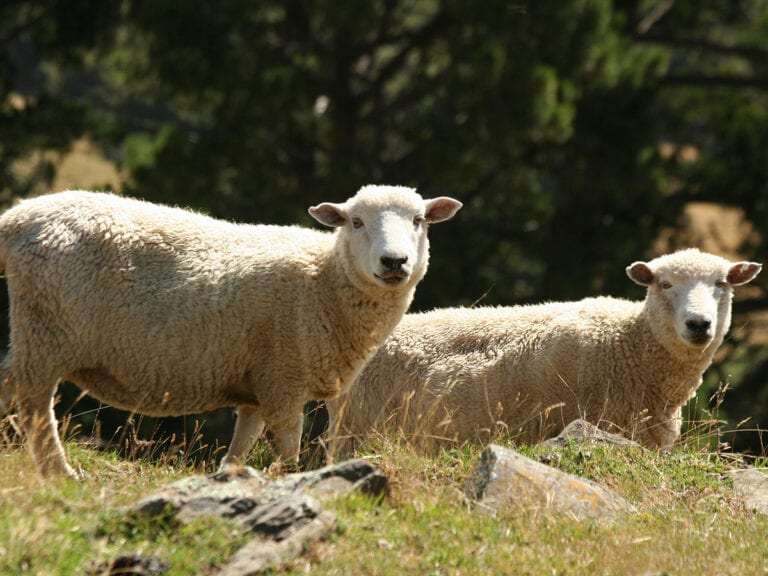
Being a step ahead of footrot
Buying in footrot is never the plan but it is always a risk when purchasing new stock, and there are steps which can be taken to reduce this risk. No one ever knowingly buys footrot, often getting caught out when…

Buying in footrot is never the plan but it is always a risk when purchasing new stock, and there are steps which can be taken to reduce this risk. No one ever knowingly buys footrot, often getting caught out when…
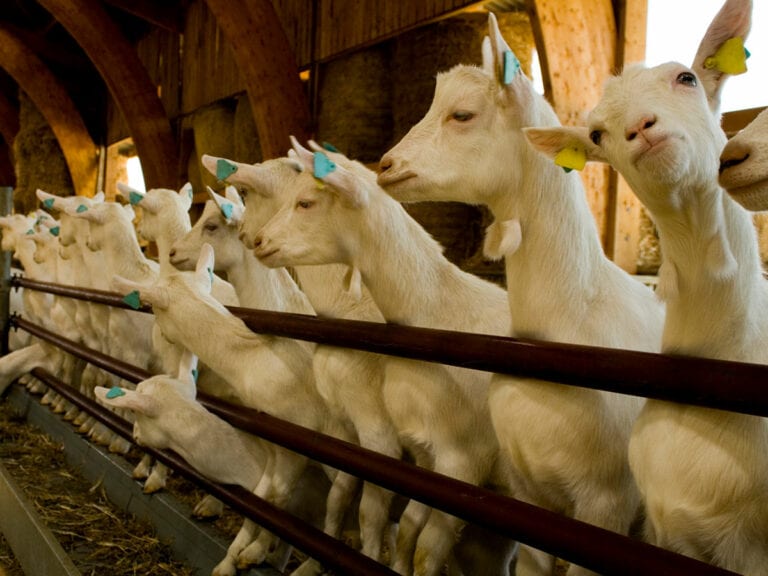
The Livestock Production Assurance (LPA) program is the Australian livestock industry’s on-farm assurance program managed by the Integrity Systems Company (ISC), a subsidiary of MLA. To access National Vendor Declarations (NVD), a requirement for selling livestock in Victoria, you must be LPA…
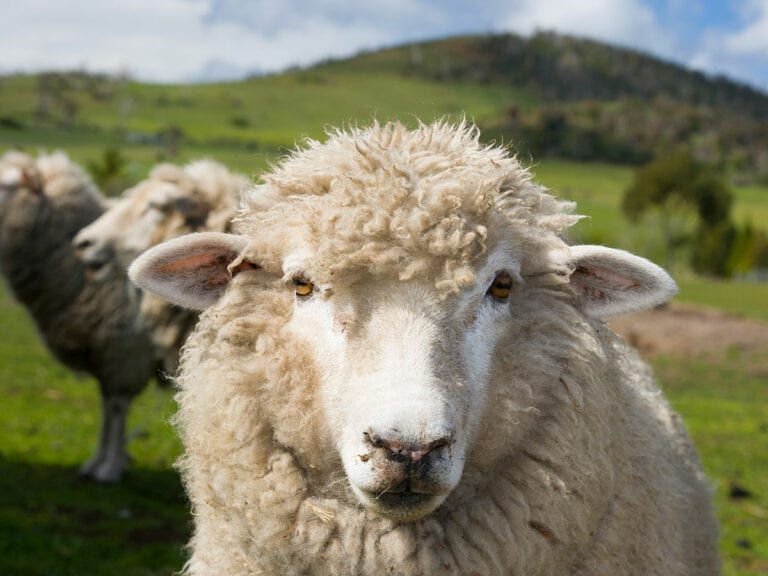
The National Ovine Johne’s Disease Management Plan will not be extended after June 2018. However, on-farm management of OJD remains the same for producers with disease management tools available through the Sheep Health Project, which is managed by Animal Health Australia.…
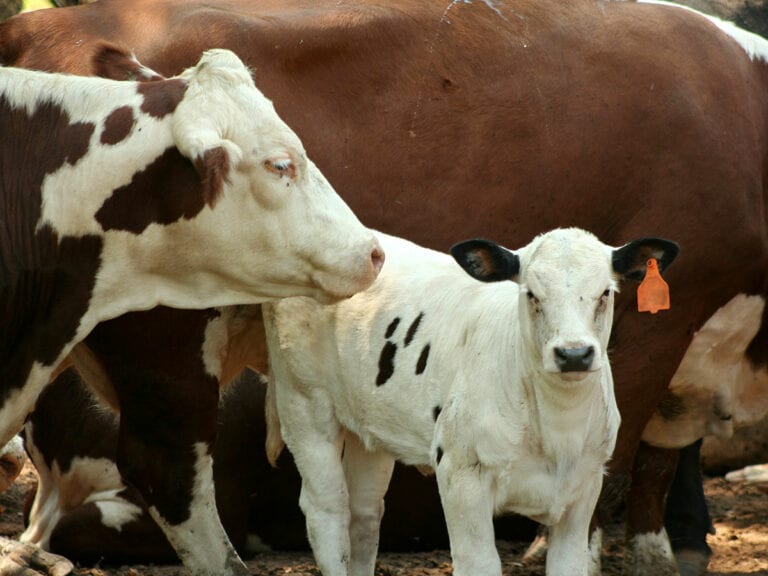
A recent MLA report has highlighted the cost of calf scours at $23 million across southern Australia placing it in the top 10 economic diseases of beef cattle just behind grass tetany. It is thought around 80 per cent of…
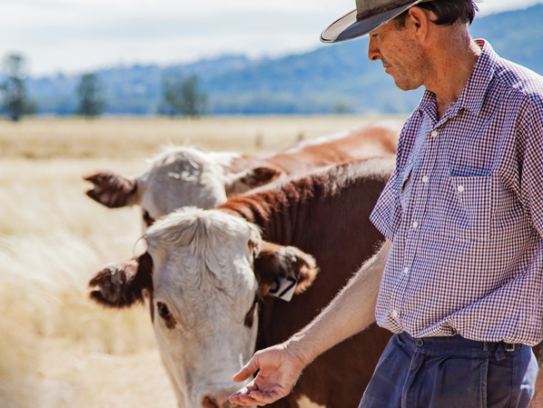
Q fever, once known as query fever, is the most commonly reported zoonotic disease in Australia. While it rarely causes clinical disease in animals, those working across the livestock value chain are at risk, including farmers, farm workers, abattoir workers…
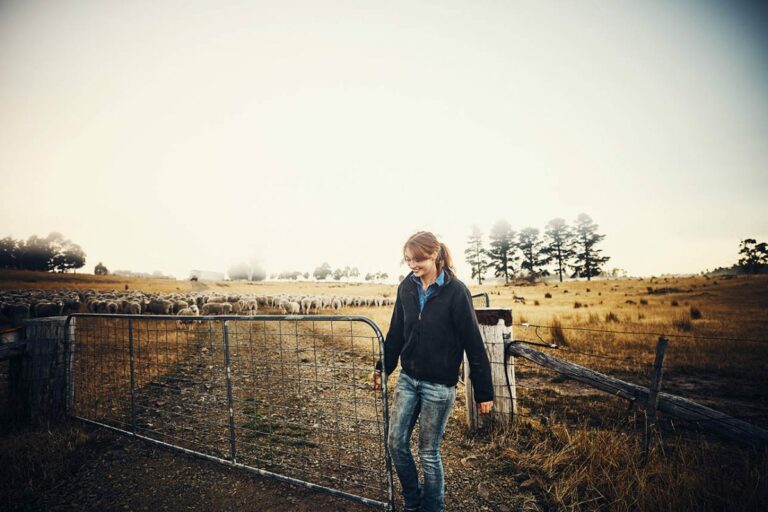
Have you heard the phrase ‘Disease arrives on the back of a truck’? The biggest risk for introducing disease or weeds to your property is bringing in new animals. However, bringing in new stock may be a necessary part of…
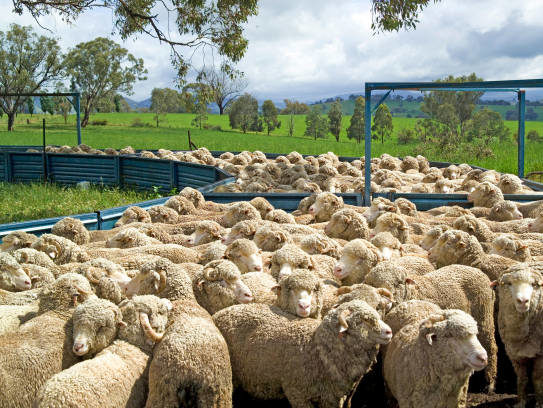
The National Sheep Health Monitoring Project (NSHMP) is an abattoir disease surveillance program funded by industry. It monitors 16 animal health conditions that impact farm productivity and impose significant costs to the value chain. Last year over one million sheep…
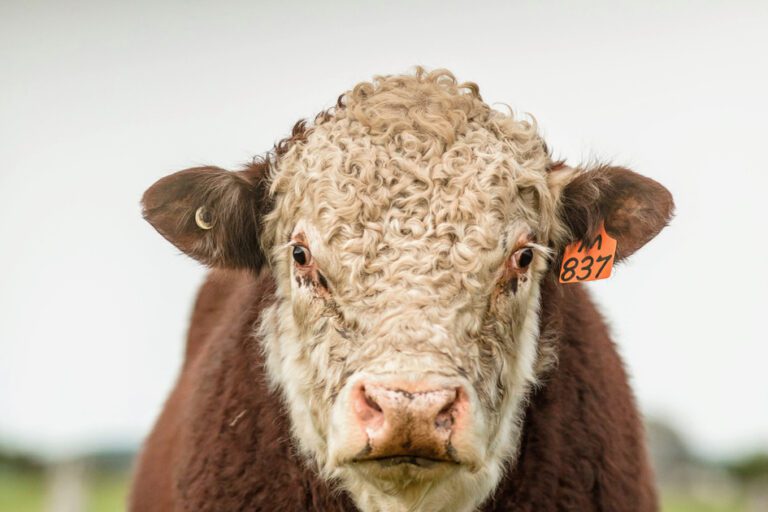
From 31 March 2018, all electronically tagged sheep and goats must be scanned for property-to-property transfers in Victoria. The receiver must upload this information to the National Livestock Identification System (NLIS) within 48 hours. The introduction of electronic National Vendor Declarations (eNVDs)…
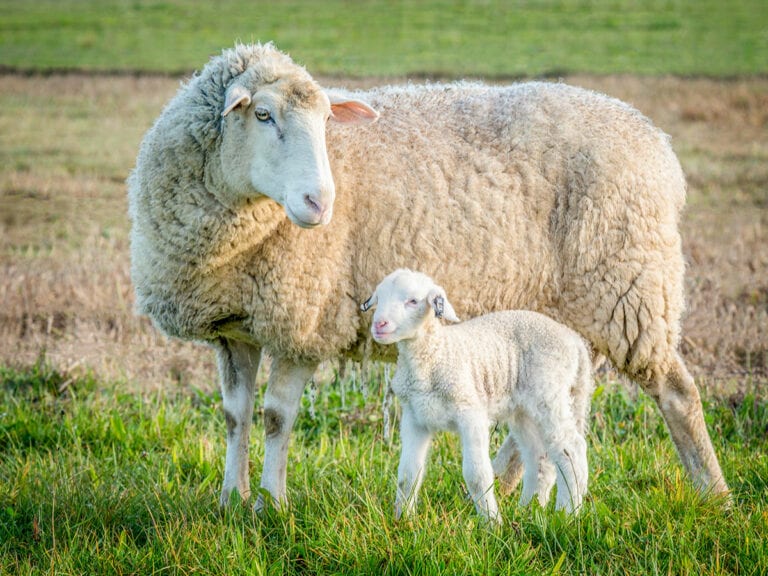
Australia’s livestock traceability system has the ability to track an animal from paddock to plate, recording the animal’s movements throughout its entire life. This is made possible through the National Livestock Identification System (NLIS), established in 1996. However, Australia has…
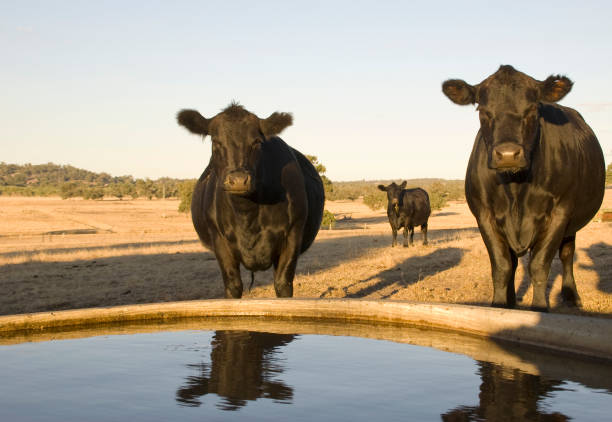
The first months of summer have seen a number of above average days for both temperature and humidity in Victoria, increasing the risk of heat stress in livestock. Typical signs of heat stress in livestock include: Bunching in the shade…
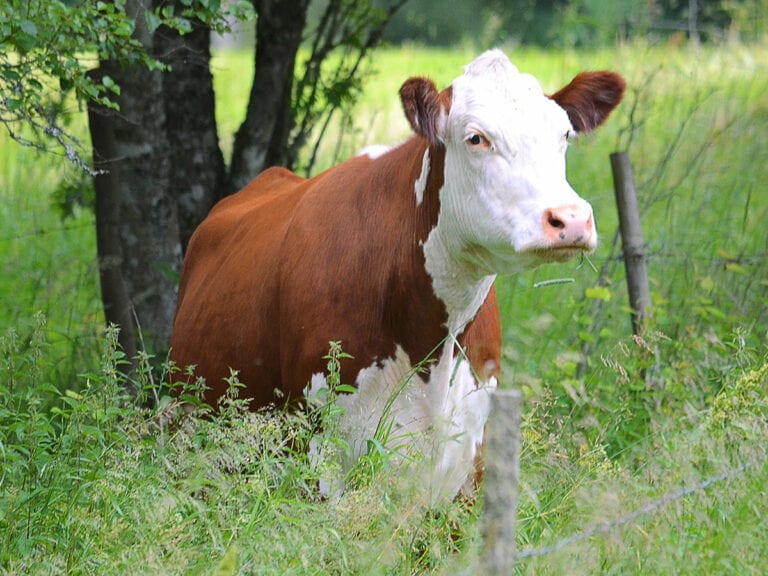
Pestivirus, also known as BVD, poses a significant risk to beef producers in Victoria. It can increase the risk of abortions, reduce pregnancy rates and suppress the immune system, potentially resulting in fewer replacement heifers and the need to cull…
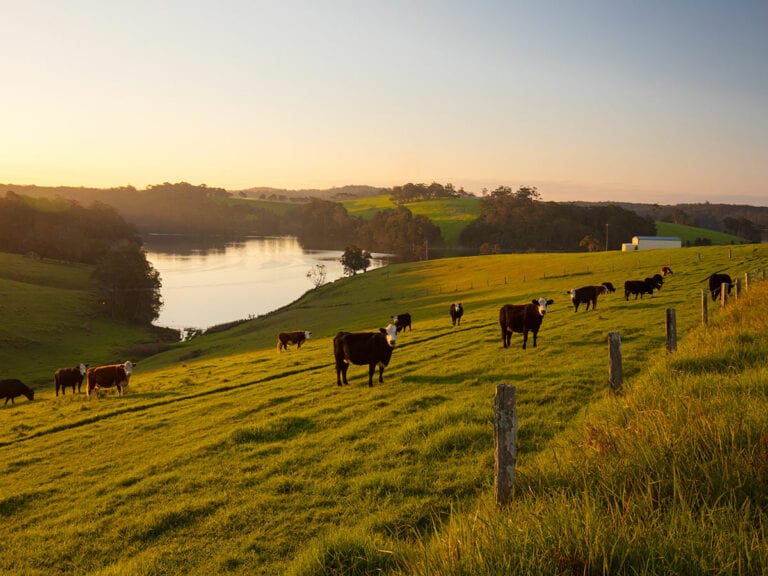
Over 135 South Gippsland livestock producers attended Livestock Health and Biosecurity VICTORIA’s (LHBV) event in Leongatha last month to hear about the new Livestock Production Assurance (LPA) program requirements and how to make biosecurity practical and useful on their farm.…